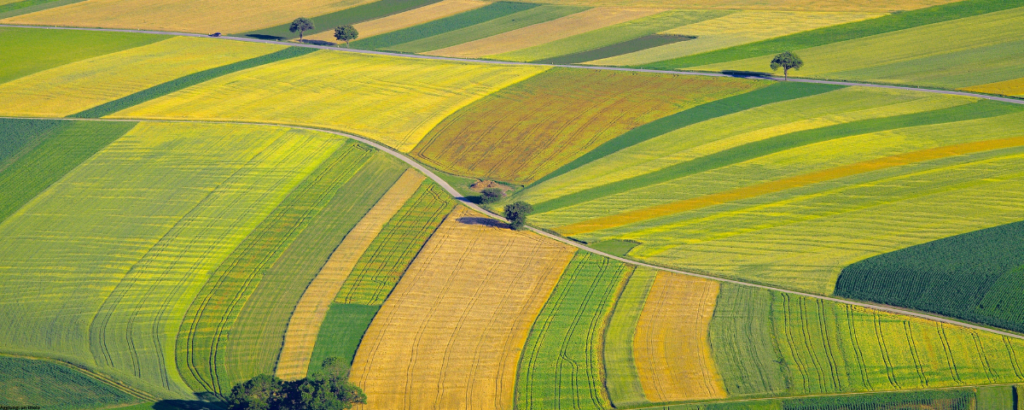
The Future of Agriculture is Regenerative:
Find out How and Why
Regenerative agriculture is a holistic approach that aims to improve and regenerate agricultural ecosystems. Unlike conventional practices, which often deplete the soil and reduce biodiversity, regenerative agriculture focuses on restoring soil health, increasing biodiversity and creating a sustainable agricultural environment. This approach includes techniques such as crop rotation, agroforestry, the use of cover crops and managing livestock in a way that interacts harmoniously with the environment.
The Advantages of Regenerative Agriculture
One of the main advantages of regenerative agriculture is its ability to improve soil health. Healthy soil is more resistant to erosion, retains water better and supports greater biodiversity, both plant and animal. This not only improves long-term agricultural productivity, but also helps reduce the impact of climate change, as regenerative soils sequester carbon from the atmosphere.
In addition, regenerative agriculture can increase the resilience of farms against extreme weather events. Practices such as land cover and the use of diversified crops can reduce vulnerability to droughts and floods. Biodiversity is also a big advantage: diversified agricultural ecosystems are less prone to diseases and pests, thus reducing the need for pesticides and chemical fertilisers.
How Does Regenerative Agriculture Work?
Regenerative agriculture is based on several key principles that work in synergy to create a more sustainable agricultural system:
- Minimisation of Soil Tillage: Avoiding or reducing tillage helps maintain soil structure, reducing erosion and increasing the soil’s ability to retain water.
- Soil cover: Keeping the soil covered year-round with cover crops or residues from previous crops helps protect the soil from erosion and contributes to increasing organic matter in the soil.
- Crop diversity: Crop rotation and the use of different plant species promote biodiversity and improve soil health.
- Livestock Integration: Managing livestock in a way that mimics the natural movements of animals helps fertilise the soil, improving its structure and fertility.
- Use of Compost and Natural Fertilisers: The application of compost and other natural fertilisers enriches the soil without the negative effects associated with chemical fertilisers.
Examples of Regenerative Agriculture
A concrete example of regenerative agriculture is the use of cover crops. These plants, often sown between main crop cycles, help protect the soil from erosion, improve soil structure and increase organic matter. Another example is agroforestry, which combines trees and annual crops in the same soil. This approach not only improves soil fertility, but also provides habitats for wildlife and improves carbon sequestration.
Regenerative agriculture is a concrete response to the challenges facing the agricultural sector today, from resource depletion to the climate crisis. By adopting these practices, we can create a more resilient and sustainable agricultural system that not only produces high quality food, but also contributes to the health of the planet.
In this context, Opportunity srl is committed to providing machinery and technological solutions that support and facilitate the adoption of regenerative practices. From soil management to harvesting, our solutions are designed to be efficient, sustainable and in line with the principles of regenerative agriculture. With our machinery, farmers can implement these advanced techniques on a large scale, contributing to a more sustainable agricultural future.
Through the adoption of innovative and sustainable technologies, we can all contribute to regenerating our planet, one field at a time.



